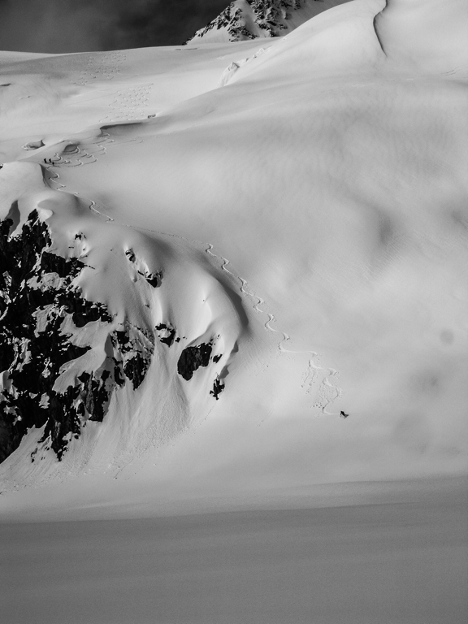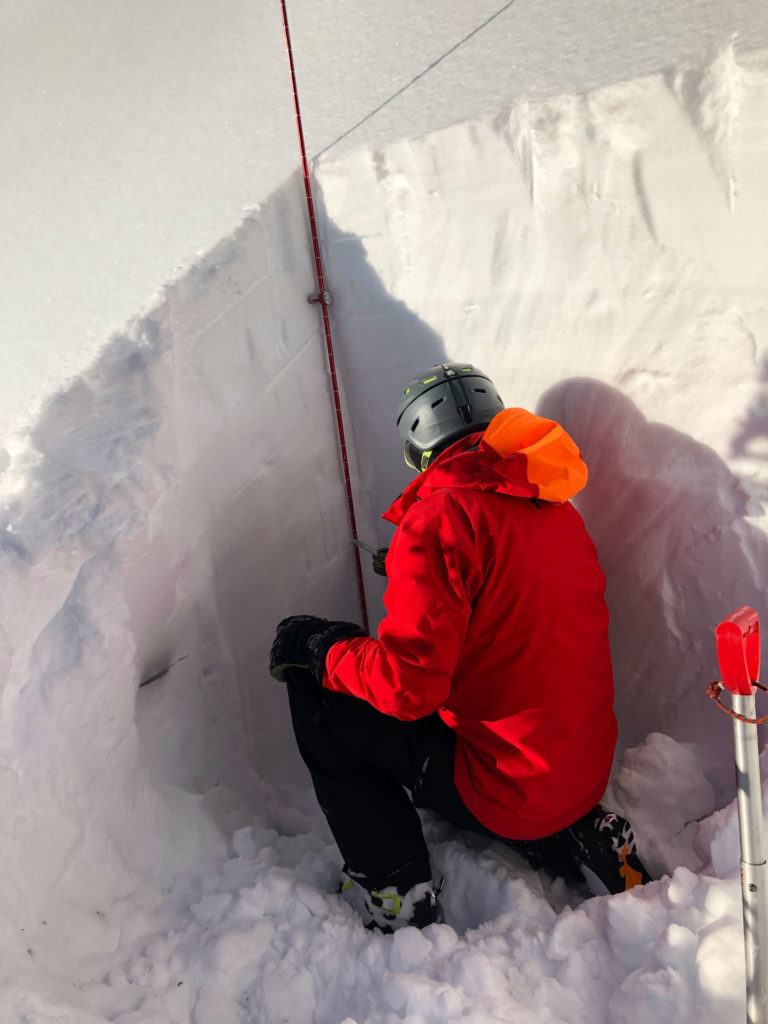Managing Avalanche Risk Part 3: Avalanche Forecasting
In this fireside chat series on managing avalanche risk, Karl Klassen will pass along the wisdom acquired from his mentors and the knowledge learned from a distinguished career as avalanche forecaster and backcountry ski guide—to help you better understand avalanche hazard and how to manage the inherent risk you face.
In Part 3 of my series about avalanche risk management, I want to explore avalanche forecasting. Not because I want to teach recreationists how to do it (more on that later), but because gaining insight into how forecasting works at a conceptual level will set the stage for discussing how to create a hazard assessment in recreational risk management contexts as we go deeper into this series.
I came across a quote long ago that I was told came from a meteorologist who had been sent to an avalanche course to learn how avalanche forecasting works: “Forecasting avalanches is such a black art, it makes meteorology look like hard science.”
I have no idea of this story is true, but I can’t help but love this quote because it makes me look an amazing magical genius conjuring up perfectly formed, totally accurate avalanche hazard forecasts using some kind of mysterious and arcane process. I wish that’s how it worked; the reality is far less exciting.
There’s nothing magical or mysterious involved in forecasting avalanches. Simply put, forecasting is hard. Very hard. It takes extensive, professional training. It requires years of apprenticeship under the tutelage of experienced mentors. It takes a lot of time and mental energy, sifting through thousands of pieces of data not only on daily basis but throughout the winter to determine what information is relevant on any given day. You have to be able to create a mental image of what the snowpack looks like, and you have to update that image daily to adjust for how the snowpack is evolving. Even the most experienced professional practitioners often struggle with forecasting. Personally, even after decades of forecasting in many different contexts, I am still humbled (and frankly disconcerted) by how often I’m wrong.

Let me be blunt: I’m not saying it’s impossible, but I have yet to meet a recreationist who’s able and willing to do the work required to forecast avalanche hazard in the professional sense. So, before we go any further, let’s get a couple of things straight. If you’re the guy who sends me those emails saying that if I’d only give you the secret raw data about your backcountry zone, you’d be able to do better than I can—this article is not for you. And if you expect to learn how to forecast by reading this article or what’s coming next in this series, well, unfortunately that’s not going to happen, either.
Along with exposure and vulnerability, avalanche hazard is one of the three foundational components of risk, so assessing avalanche hazard is clearly something we all need to do at some level to manage that risk. And having a big-picture overview of how professionals create a forecast is good baseline knowledge, even if you’re not going to do it exactly the same way.
The first thing a forecaster does is prepare a “nowcast,” which is an assessment of the current conditions. The best nowcasts are based on the weather, snowpack, and avalanche activity patterns from day one of the season—the mental image I described earlier. She then looks at a variety of technical weather forecast products and consults with a meteorologist to determine how incoming precipitation, wind, temperatures, solar radiation, etc. will affect the existing condition. This helps form her predictions of what avalanche problems are likely to develop during the forecast period—the evolution of the mental image projected into the future.
If you don’t know this already, you will soon find out that the snowpack is highly variable over space and time. And mountain weather forecasts are often less than perfect. Because of this, the whole avalanche forecasting process is, more often than not, rife with uncertainty.

In my opinion, anyone who creates an avalanche forecast then leaves their office, home, backcountry cabin, or tent thinking they’ve nailed it and don’t need to do any more hazard assessment for the rest of the day will sooner or later get themselves or someone in their group killed.
For me, an avalanche forecast is a theory. The theory is not the end result, it’s just a starting point. As soon as I step outside, I’m constantly observing what’s happening around me in the real world, comparing that to my theory, and continually reassessing and updating my assessment of current and upcoming hazard. Sometimes my theory is right; often it’s wrong. But either way, if I have nothing to measure against, it’s impossible to know if I’m on the mark or not.
If hazard assessment is just a theory, then the risk management plans we build on top of our hazard analysis should be considered a Plan A—which may or may not be appropriate or applicable as our assessment evolves throughout the day. I never start my day with just a Plan A. I have at least one and maybe two or more backup plans figured out and ready to implement so I can quickly and easily change course to adjust if my theory turns out to be wrong.
I guess the real point I’m trying to make here is that trying to be “right” when attempting to forecast avalanches is a fool’s errand. My goal is to be “right enough”—to get my assessment into a window of probability within which there’s enough margin for error that I don’t have a catastrophic wreck if I’m off the mark.
In my next article we’ll look at using public avalanche forecasts as the starting point of your hazard analysis.
Karl Klassen is an internationally certified mountain guide known for developing the avalanche curriculum with Avalanche Canada. He is also the public avalanche warning service manager at Avalanche Canada.


